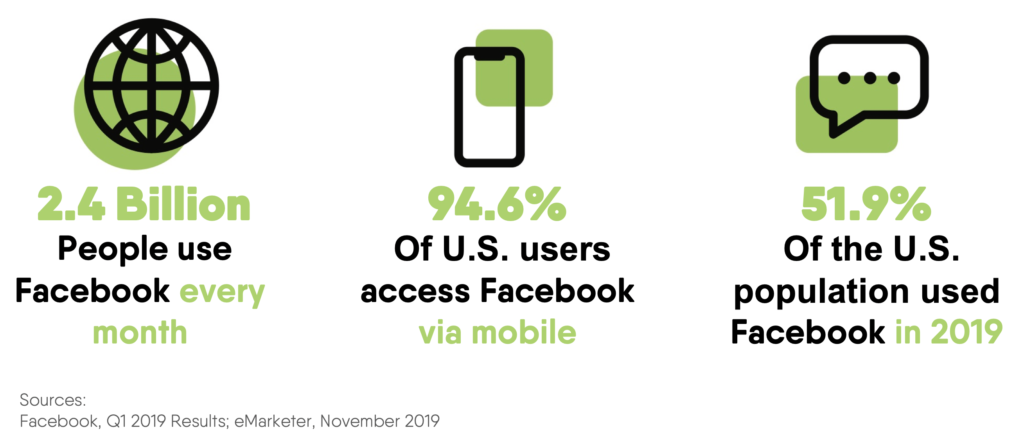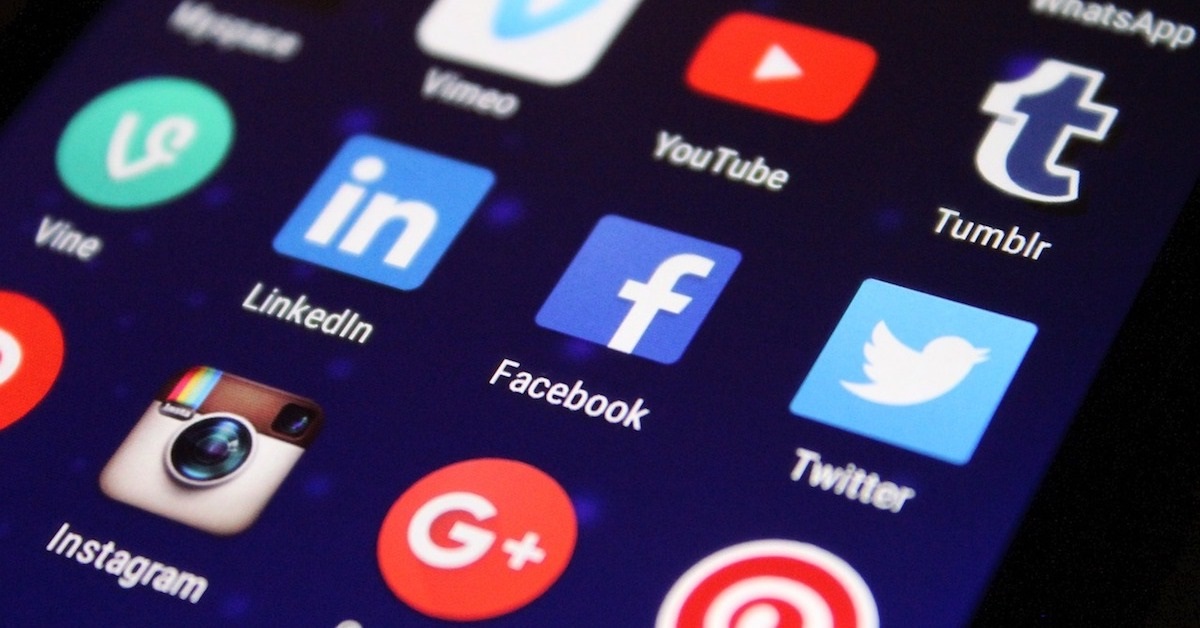Mindstream Media Group used Facebook Offer Ads to drive in-store sales over the holiday season for one of the top national wireless retailers, resulting in a 65 percent lower cost per in-store sale compared to link ads.
OVERVIEW
With more than 700 stores across the U.S., our client, GoWireless, is a Verizon Wireless authorized retailer, selling smartphones and other mobile devices, like tablet computers and wireless headphones, as well as pay-as-you-go and monthly service plans from the leading wireless network.
For its holiday campaign, GoWireless partnered with our team of experts to develop two campaigns: one that encouraged people to download a coupon from a branded landing page, and another to encourage people to purchase a new phone or wireless service plan using offer ads.
WHY ADVERTISING ON FACEBOOK IS SO IMPORTANT

Related article: 3 Sure-Fire Reasons Why Multi-Unit Brands Need Facebook Advertising
OBJECTIVES
- Generate new leads at an improved CPA
- Multiply in-store wireless sales
- Increase sales for leading national network provider devices and service plans
- Encourage people to claim a Facebook offer from the retailer over the holiday season
APPROACH
We worked diligently to create a connected experience across platforms and social networks. In addition to recommending platforms that had a strong brand presence, we also identified which platforms the audience cared about and was already active on to inform our strategies. Refined audience awareness and dynamic audience engagement were used to tap into existing conversations and shape new ones.

Facebook offer ads reach audiences through multiple touchpoints and create a more seamless mobile experience for the user, allowing them to claim promotions with the click of a button to:
- Bookmark the offer on Facebook
- Receive an email copy of the offer
- Get notified when they’re near a GoWireless store or when the offer is about to expire
Analyzing and delivering against measurable KPIs allowed us to leverage audience insights to increase campaign efficiency and performance. Best-in-class specifications and methods to boost the potential for awareness and retention were also implemented to deliver ads in the most advantageous format possible.
RESULTS
The dynamic retargeting capabilities of the social platform allowed us to capitalize on audiences who were already engaged and willing to take action. Focusing on the real metrics that make a difference, we expanded our client’s audience to include like-minded users while certifying viewability of ads across all devices. This resulted in ads that connected with consumers in a meaningful way and made a real impact for the client.
The advanced targeting capabilities and engagement features of Facebook Offer Ads proved to be a great way to drive in-store traffic during the holiday season and promote mobile deals.
“We saw tremendous improvements this holiday quarter, especially for our Black Friday, Christmas, and New Year’s initiatives. The quality of traffic from holiday in-store sales proved to be much higher than any other digital media partner’s performance that we’ve worked with before, and as a result, we saw our holiday Q4 efforts producing significant ROI.”
The campaign was a huge success – more than 45,000 offers were claimed during the two-month campaign and our client reduced their cost per in-store sale by 65 percent compared to link ads.

Want to learn more about how paid social media advertising can help boost sales for your business? Contact us today.

![[Case Study]: GoWireless Partners with Mindstream, Boosts In-store Sales with Facebook Offers](https://mindstreammediagroup.com/wp-content/uploads/2017/06/Facebook-Case-Study-feature-image.png)

![[APRIL 2017] What the Latest LinkedIn Changes Mean for Marketers and Business Owners](https://mindstreammediagroup.com/wp-content/uploads/2017/04/Linkedin-header-image.png)



![[Webinar] How Social Ads Can Transform Your Brand](https://mindstreammediagroup.com/wp-content/uploads/2017/03/iphone-social-media-image.jpg)